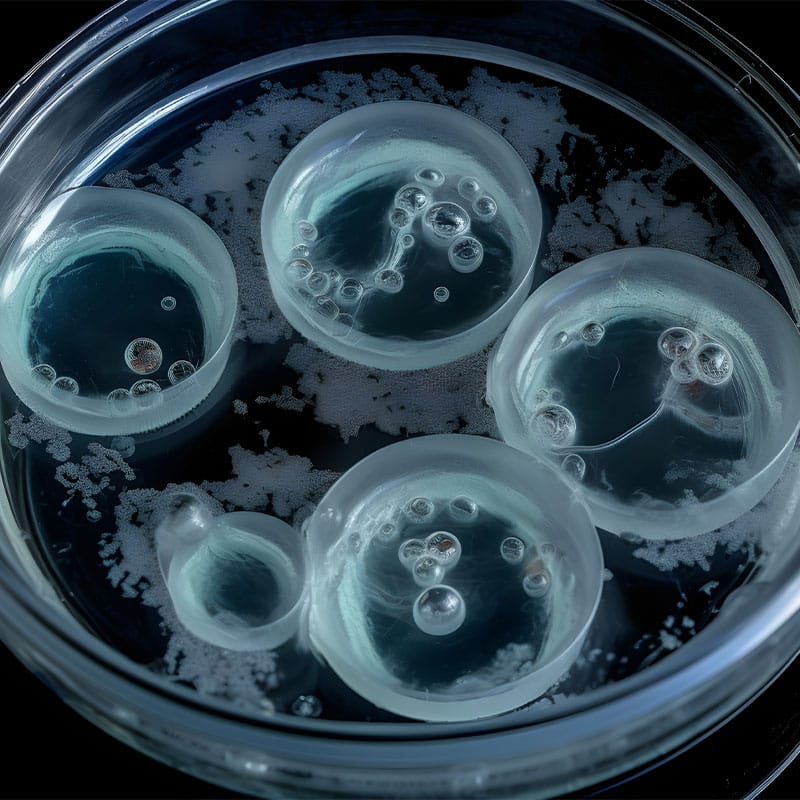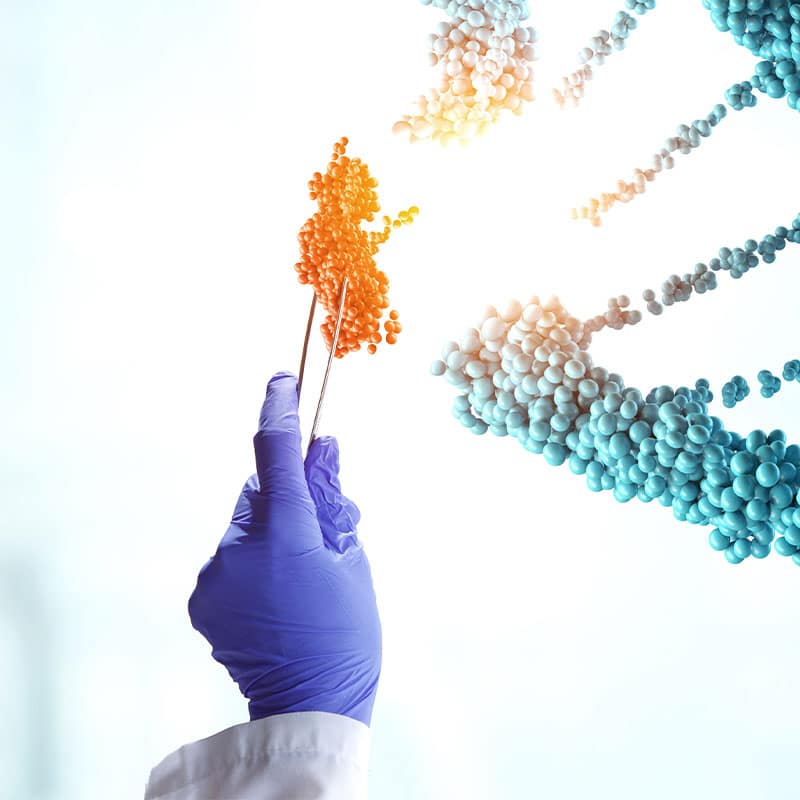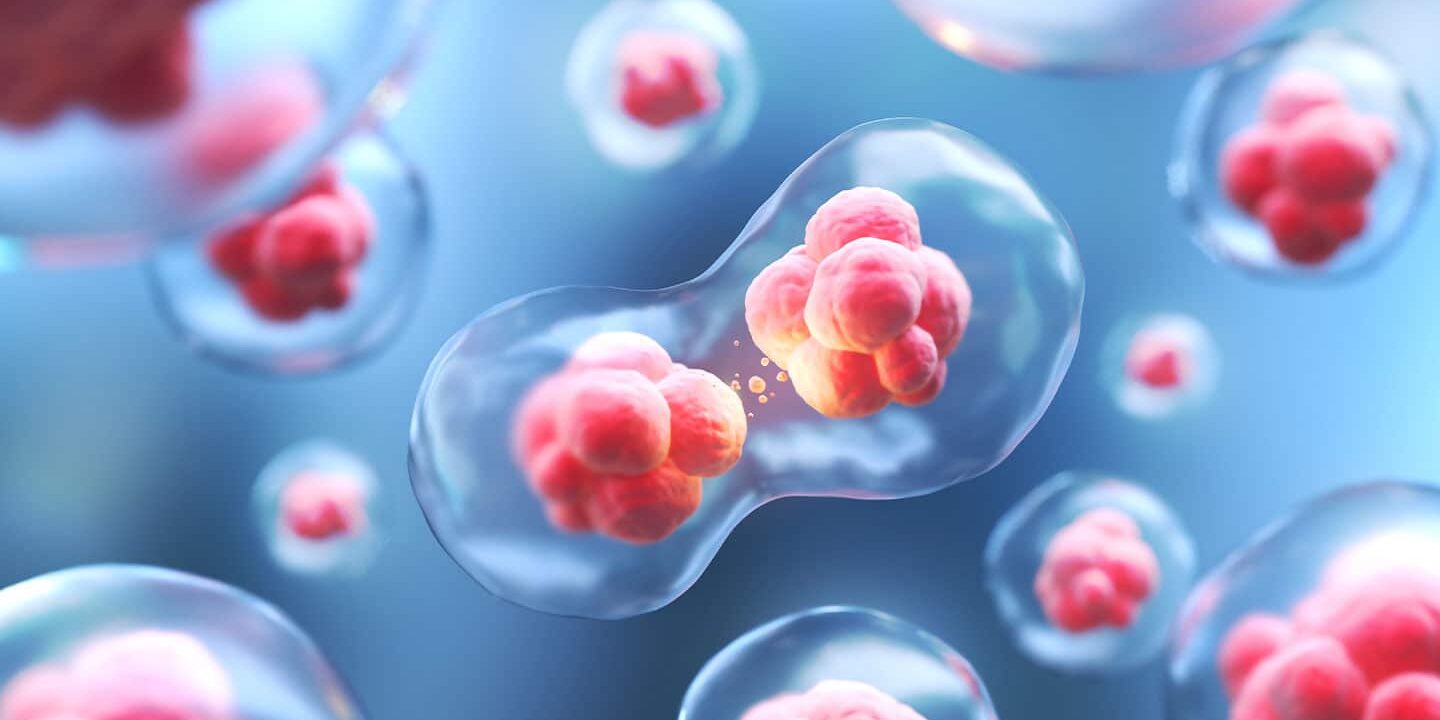In the ever-evolving field of biotechnology, the homogenizer has emerged as an indispensable tool, playing a pivotal role in various applications ranging from working with microorganisms to cell disruption, enzyme activity, and the creation of lipid emulsions and liposomes. This blog post delves into the significance of homogenizers in these areas, underscoring their impact on the efficiency and effectiveness of biotechnological research and production.
Understanding Homogenizers in Biotechnology
At its core, a homogenizer is a device used to make a mixture of two mutually non-soluble liquids homogeneous. In biotechnology, this often involves the breaking down of cells or the dispersion of particles in a liquid. This process is crucial for a variety of applications, including the extraction of valuable intracellular components, the preparation of samples for analysis, and the production of consistent and stable mixtures in pharmaceutical formulations.

Working with Microorganisms
In microbiology, homogenizers are used to break open microbial cells, a process known as cell lysis. This is essential for the extraction of DNA, RNA, proteins, and other cellular components for further analysis. The efficiency of a homogenizer in breaking cell walls while preserving the integrity of the intracellular components is vital for the accuracy of downstream processes like PCR, genomic studies, and protein assays.
Cell Disruption and Homogenization
Cell disruption is a critical step in biotechnology, especially when dealing with complex tissues or robust yeast and bacterial cells. Homogenizers apply mechanical force to break these cells open, allowing researchers to access intracellular contents. The choice of homogenizer – be it ultrasonic, bead mill, or high-pressure homogenizers – depends on the type of cells being processed and the sensitivity required for the intracellular components.

Enzyme Activity Studies
Homogenizers play a significant role in the study of enzyme activity. For enzymes to be studied, they must first be extracted from the cells in which they are located. Homogenization allows for the efficient and effective breakdown of cell structures, releasing these enzymes into solution. The gentle and controlled processing by homogenizers ensures that the enzyme’s structure and functionality are not compromised during extraction.
Lipid Emulsions and Liposomes
In the field of drug delivery, homogenizers are used to create lipid-based carriers such as emulsions and liposomes. These carriers are crucial for encapsulating drugs, enhancing their stability, and improving their delivery to targeted sites within the body. Homogenization helps in reducing the size of lipid particles to a nano-scale, ensuring uniformity and stability in these formulations. This is particularly important in the development of vaccines, cancer therapies, and gene delivery systems.


The Future of Homogenization in Biotechnology
The future of homogenization in biotechnology is bright, with ongoing advancements in homogenizer technology continually enhancing their efficiency and application range. Innovations are focusing on achieving higher pressures, more precise control, and scalability, which are essential for both research and industrial-scale production.
Conclusion:
The role of homogenizers in biotechnology cannot be overstated. Their ability to efficiently and effectively break down cells and mix immiscible liquids is crucial in a variety of biotechnological applications. From aiding in the study of microorganisms and enzymes to playing a key role in the development of new pharmaceutical formulations, homogenizers are an essential tool in the biotechnological toolkit. As the field continues to grow and evolve, so too will the capabilities and applications of these vital instruments.

























